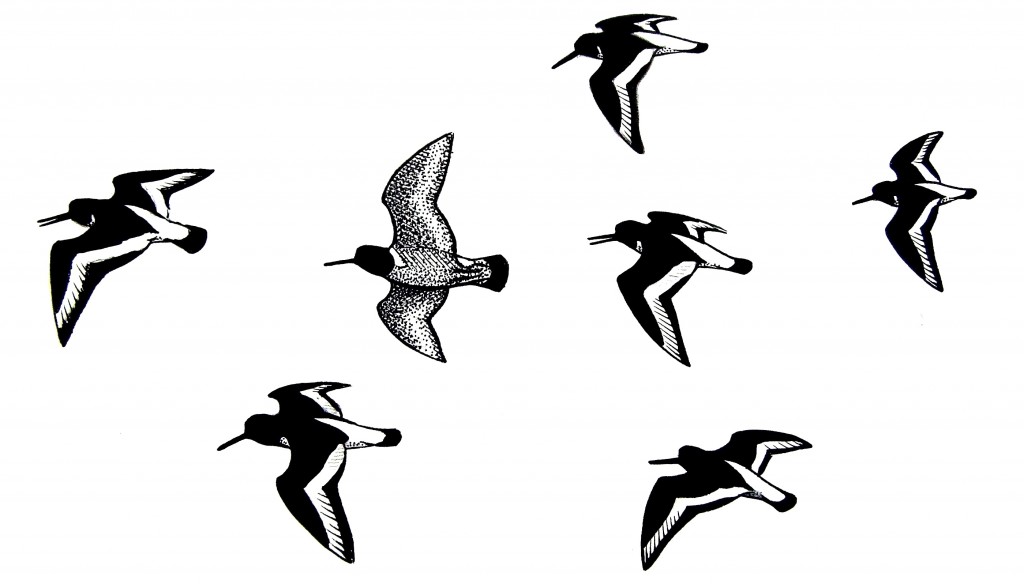|
As the vernal equinox arrives and the changing of the clocks approaches, it is impossible not to take each seasonal event as a sign. The evidence of what is to come accumulates with every passing week.
Officially, spring begins today. But our equilux – the day on which sunrise and sunset are closest to 12 hours apart – fell on the 17th, when the sun rose at twelve minutes past six in the morning and set just about the same time in the evening. Next weekend, the hours will push ahead and the night will be further delayed. These dates are useful. They are certain and predictable events, to be marked in the calendar ahead of time. They can be looked forward to patiently, in the knowledge that nothing is going to get in their way. But unless one never ventures outside, these events hardly count among the most significant signals of an unfolding spring. The lengthening of the day is a subtle process – part of an ongoing, gradual change. And though it may seem rapid at this time of year, as the darkness of winter lifts and the light stretches out into the evening, there are other signs of the season that are more dramatic and instantaneous, like a lightning spark of deja vu. There are, most particularly, the firsts of spring. In some places, the first cuckoo is such a sign. Though it is not heard, usually, until late April, that most unmistakable of calls is a confirmation that spring has fully sprung. In two short, unembellished notes, the first cuckoo tells the time of year. It reminds and reassures that summer is almost upon us. But cuckoos do not breed in Shetland, and they are only occasional visitors. To hear one would be a shock, for their song is not part of our spring. Instead, it is other sounds that usher in the season. The earliest of these, beginning at the end of January or early February, is the shrill pleepsing of oystercatchers – shalders, as they are known here – which call frantically in flight, as though always escaping catastrophe. Black and white with bright orange legs and beak, the birds seem almost to blink as they shudder overhead in flocks, like a semaphore warning of imminent, unseen danger. But it is not danger that the shalders herald; it is winter’s end. In the past week, I have heard my first skylark of the year – altogether a more joyful performance than that of the oystercatchers. Like cuckoos, larks are more often heard than seen, and on clear, still days, their song is carried so perfectly that it seems almost to become a part of the air itself. It shimmers like heat haze, as bright as the blue sky. It insists on an audience. The skylark, more than any other bird, holds within its extravagant melodies not just the promise of a summer to come, but the echoes of summers past. It brings both memory and premonition. That tiny creature, invisible against the day glare, swallowed up within the net of its own song, can be the biggest, most perfect piece of the day. At the moment, the garden is filling up. The first daffodils are about to open, and the flowering currants are looking their best. A dwarf rhododendron, spindly and wind-battered, has set for several weeks like a cloud of pink above its gnarled trunk – the trumpet flowers so delicate and flawless that they seem not to belong to the same plant as those few salt-burned leaves that it still can muster. After the horrors of winter, each bud and each flower brings a kind of relief. They offer a confirmation that, even here, where winter lingers so long, the inevitable will, eventually, come. Among the trees, blackbirds are bustling again. These ones are probably just passing through, on their way to more northerly places. So too the lone song thrush that scuttled about the garden one morning last week. The rush of migrants has not yet truly begun. For now there is only a gradual increase in voices. There are common gulls and curlews; there are calls I recognise but for which I have no name. From the bushes, today, there was the whispered whistle of a goldcrest. From now the signs will keep coming. The first wheatears will arrive soon; the first skuas and arctic terns; the first swallows and meadow pipits. And soon, too, the fields will fill with lambs, each one bursting with the sudden revelation of spring. Comments are closed.
|
The Things Around MeThe Things Around Me is the story of a Shetland garden, written by Malachy Tallack and illustrated by Will Miles.
Archives
October 2016
|

 RSS Feed
RSS Feed